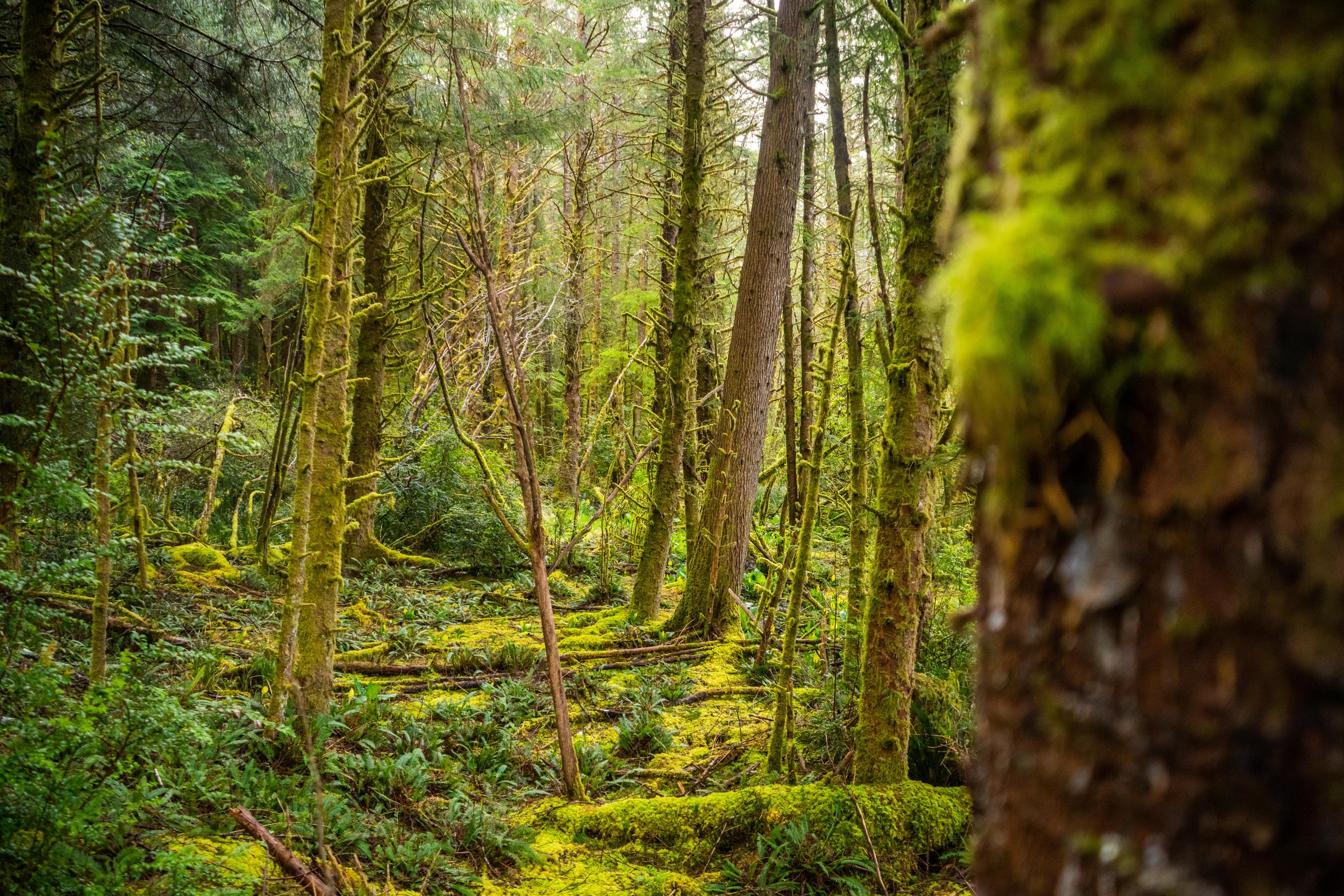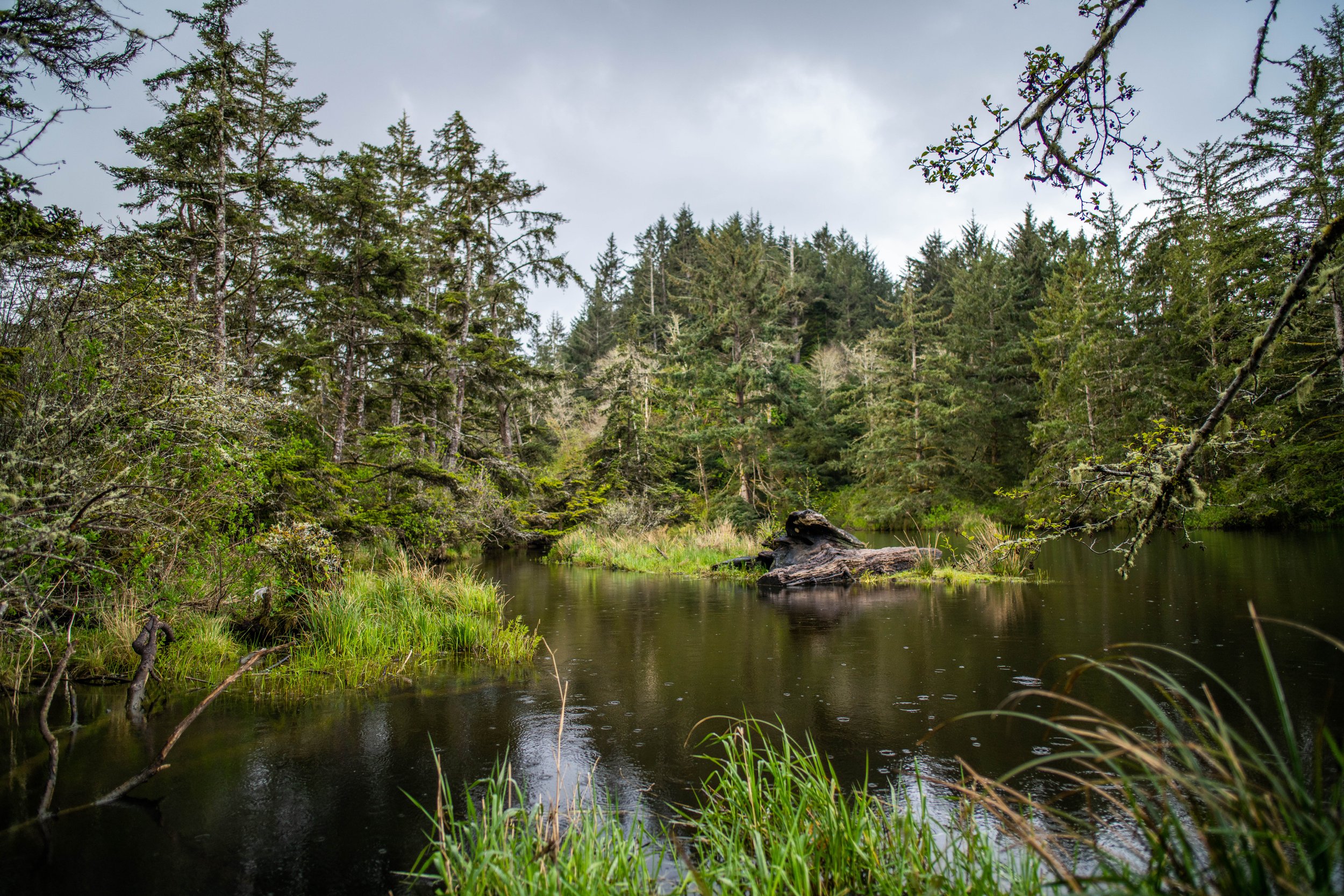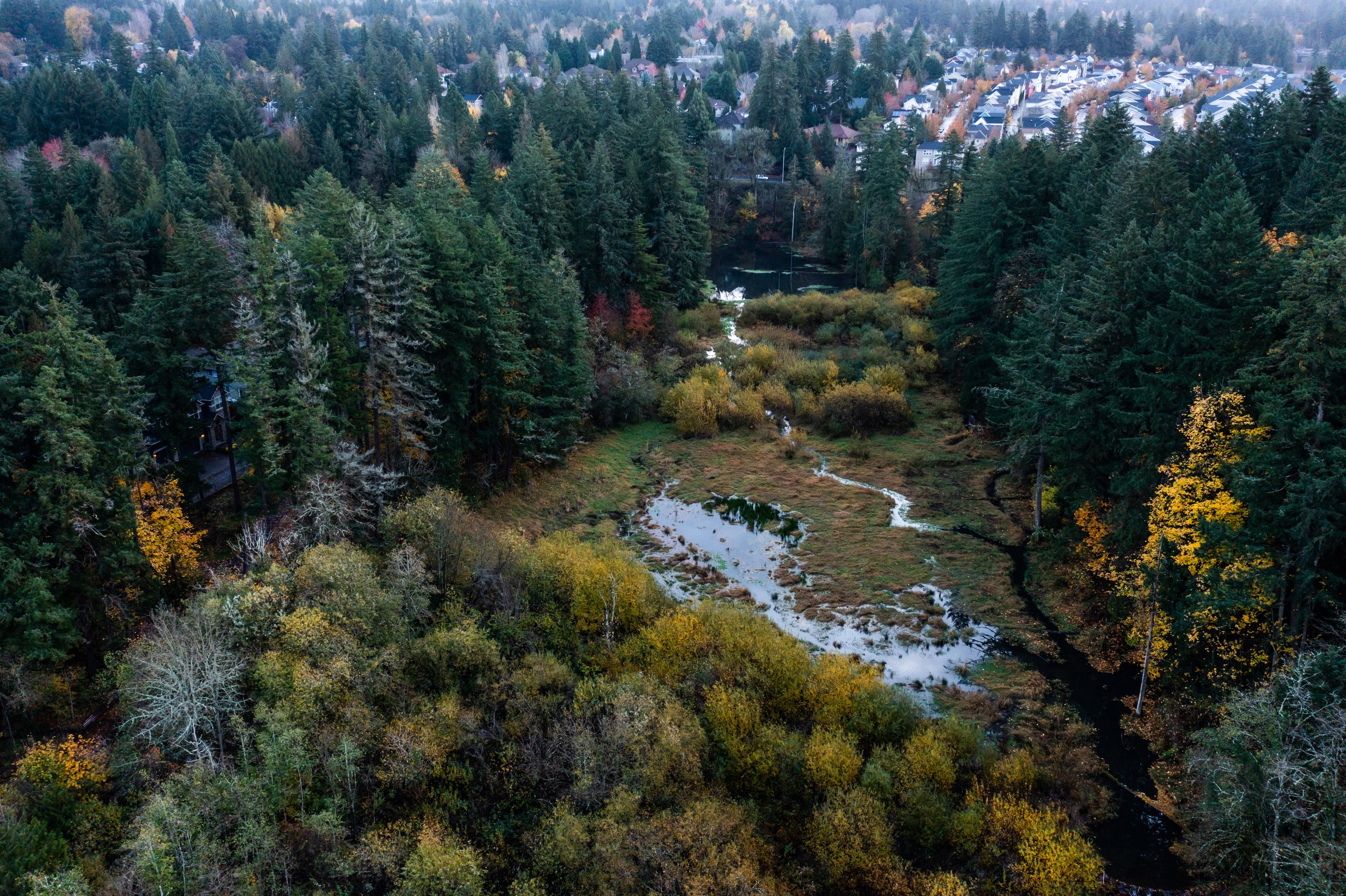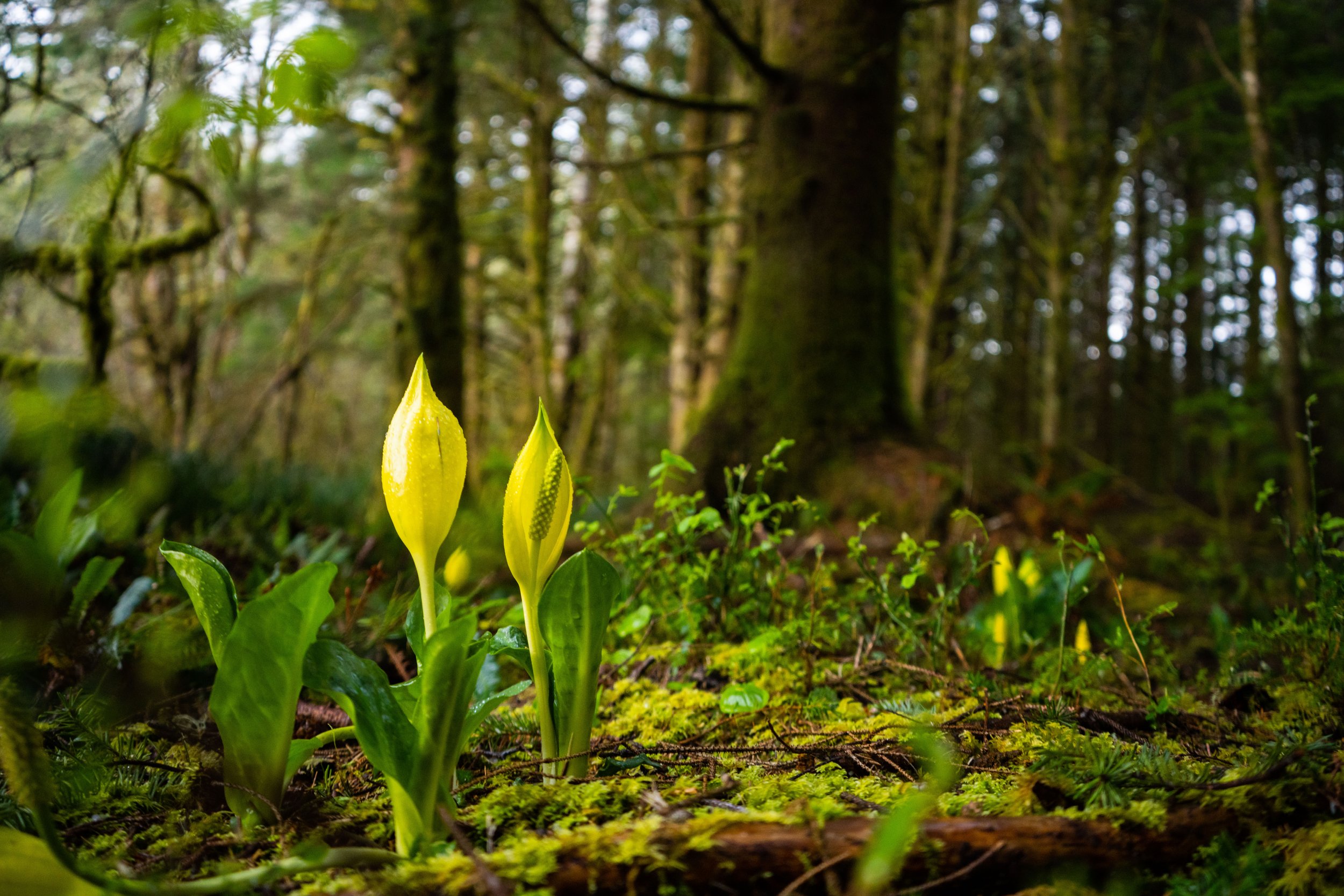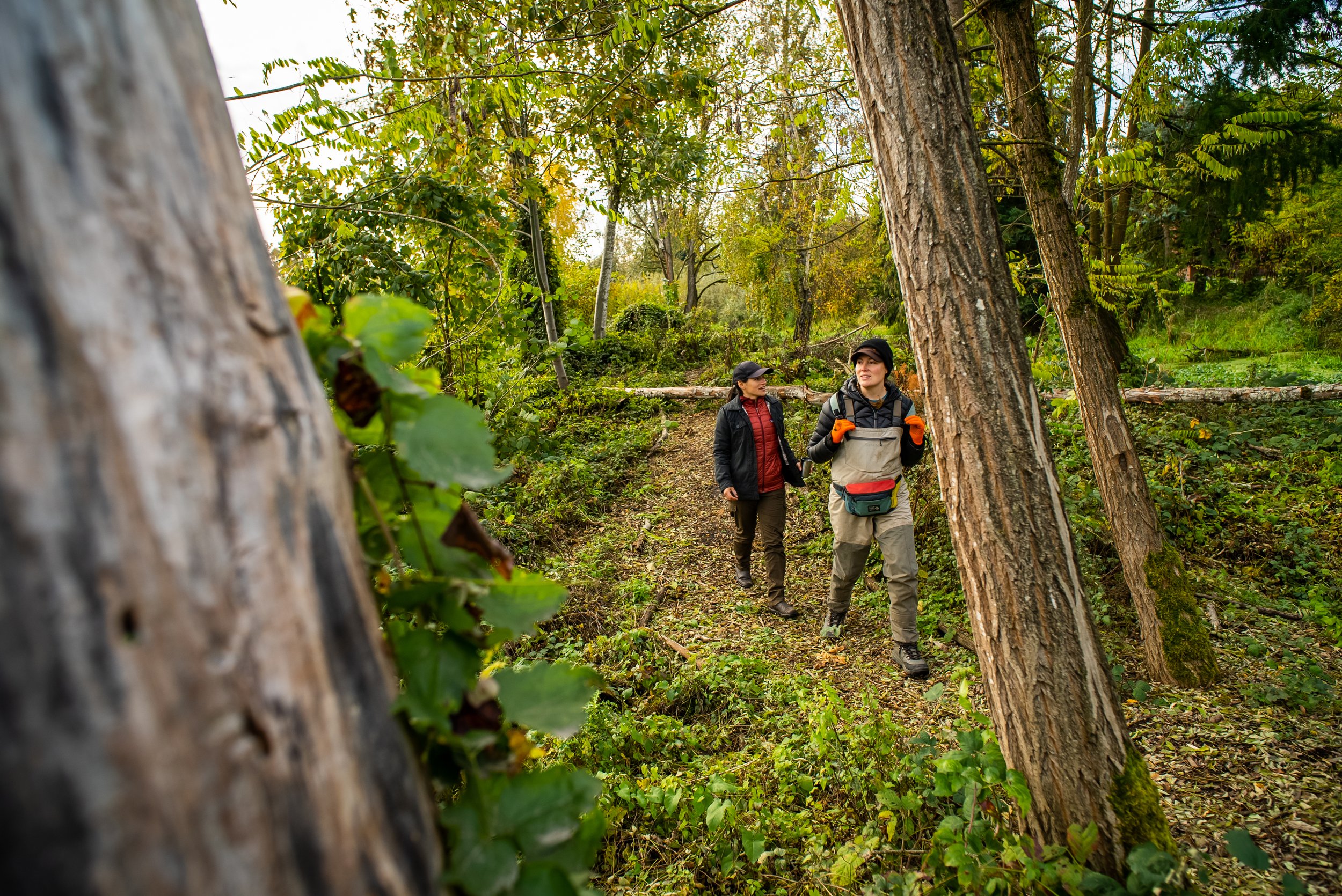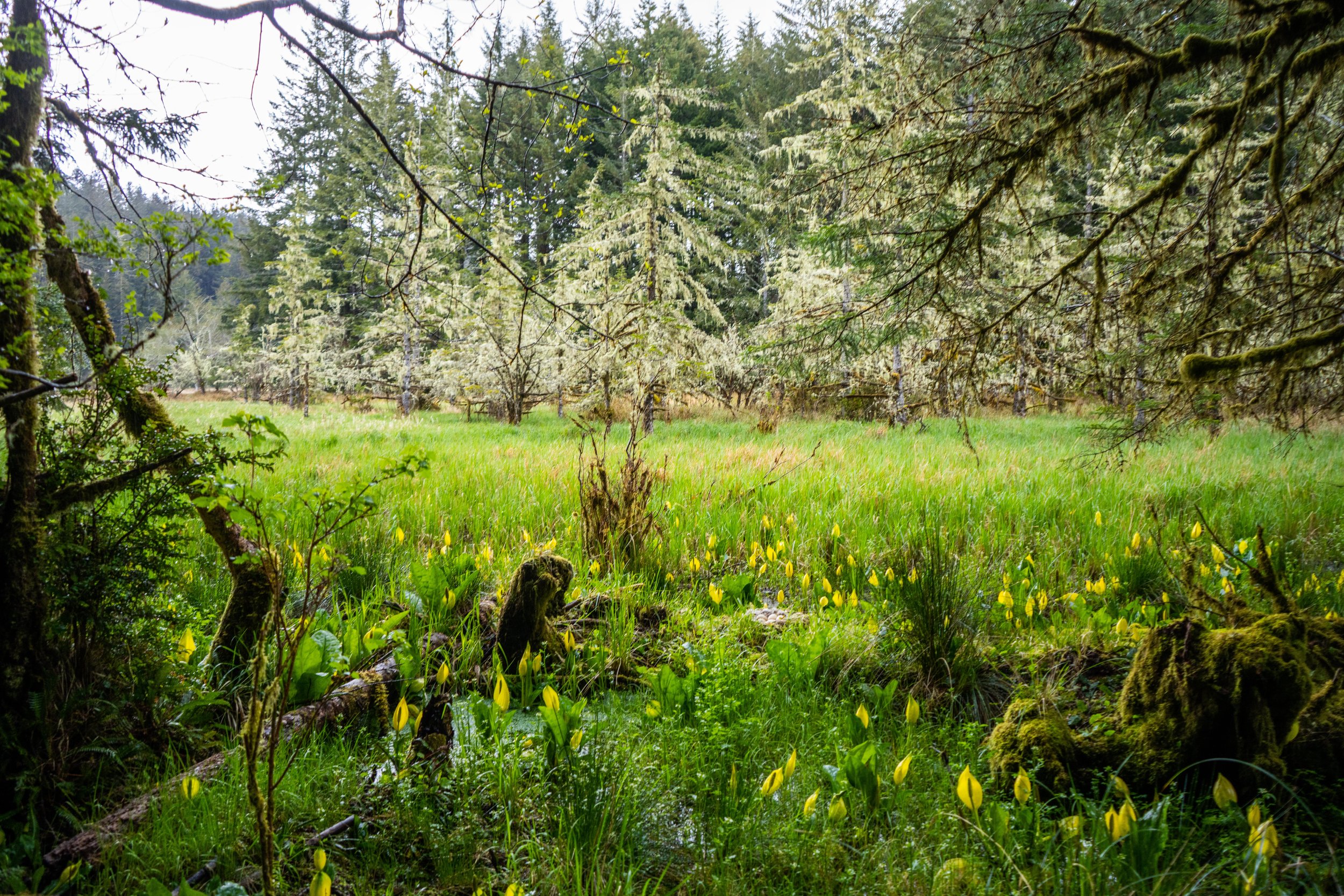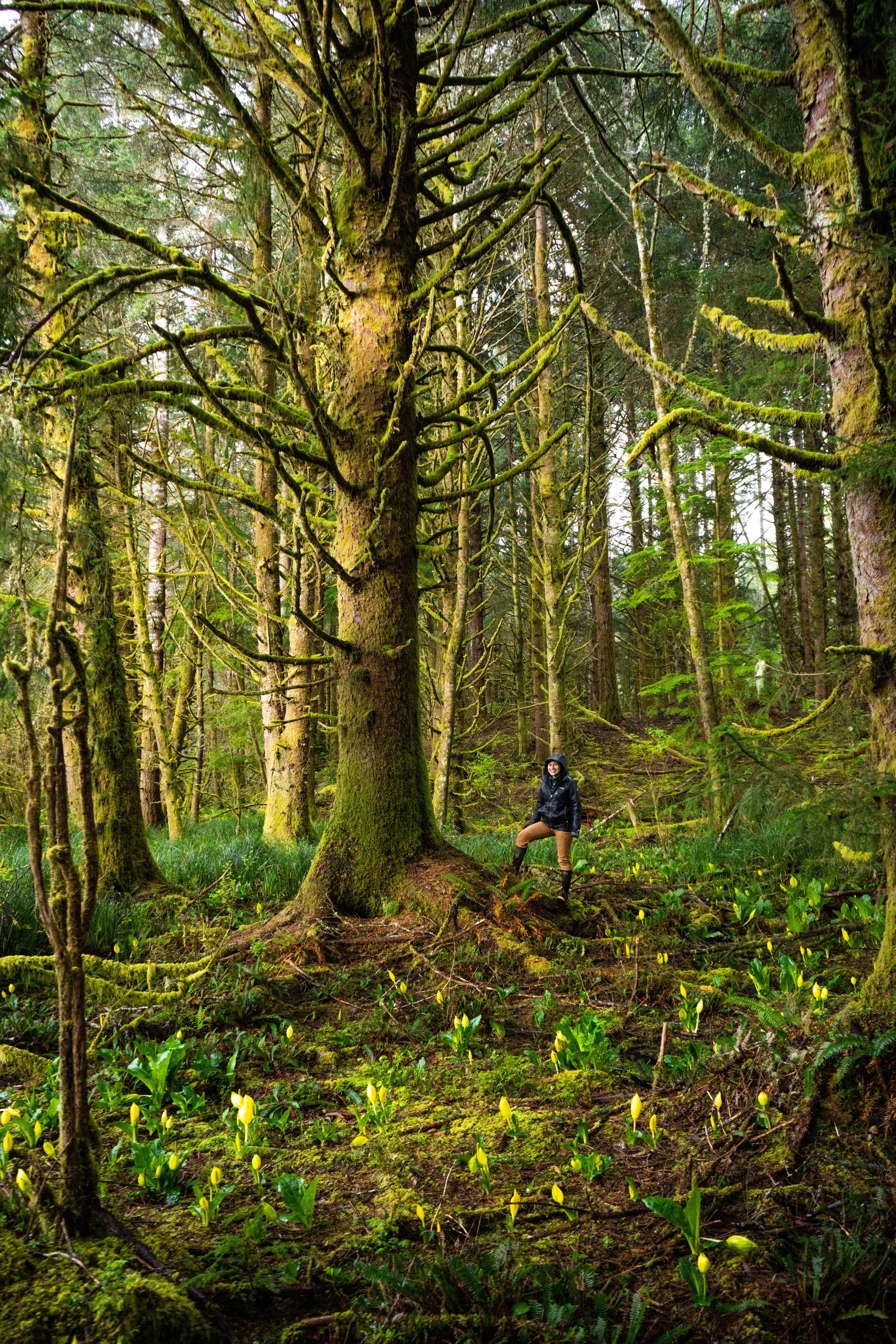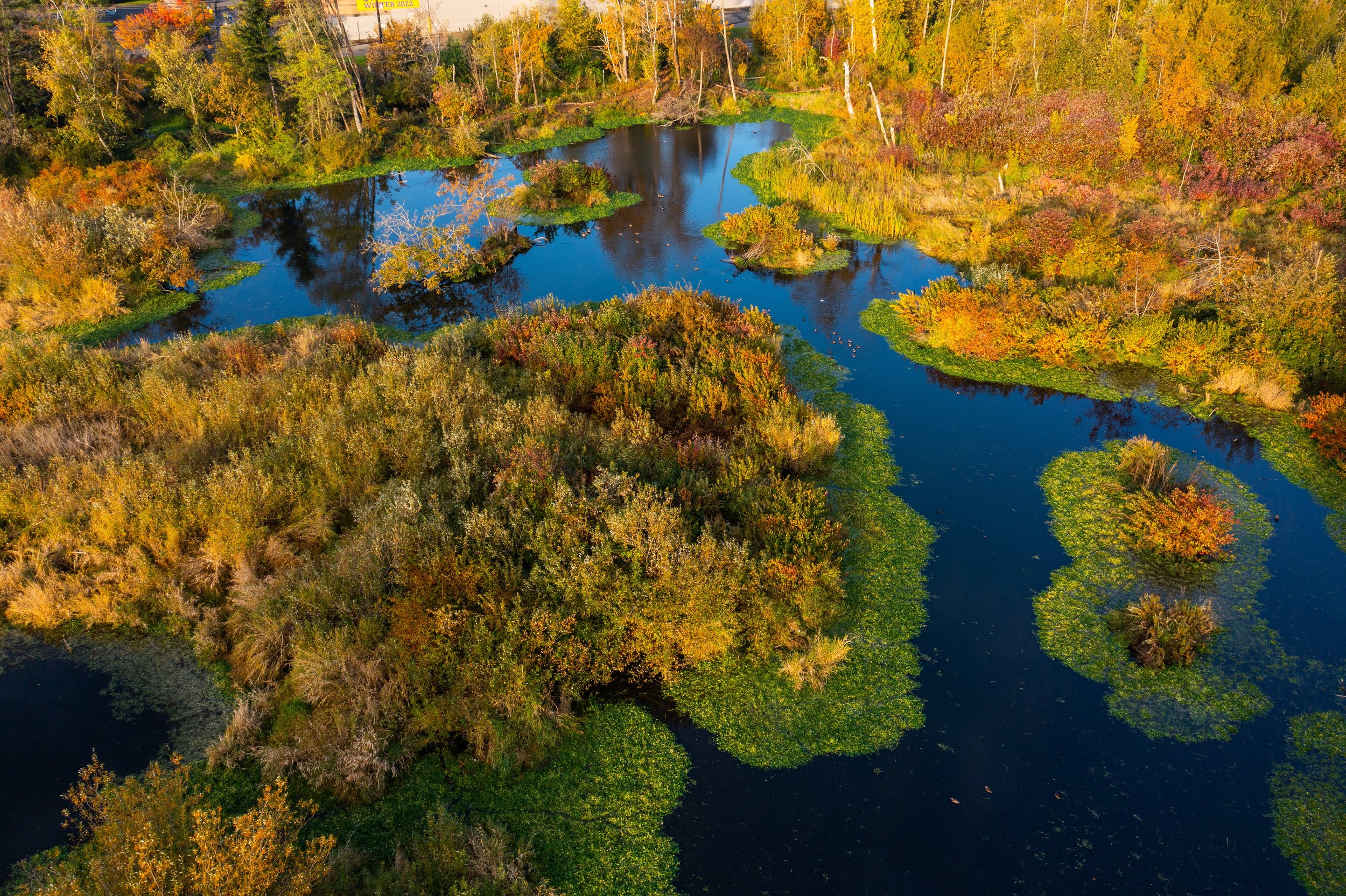
What’s a Wetland?
Wetlands are often misunderstood, seen as useless ponds and places for dumping, yet they are critical for so many things that define Oregon. Their reduction across the landscape, either by land use change, filling them in, or draining them out, has created significant negative impacts to humans and wildlife. It’s why the Oregon Conservation Strategy has identified them as a Strategy Habitat.
Wetlands are defined by three variables: water, soil, plants. But there are hundreds of wetland plants, dozens of wetland soil types, and different water levels and drainage. All this variation means that wetlands rarely look the same, especially across the Oregon landscape. But how they function, what makes them healthy, and how humans interact with them is often similar. Learn about what makes a wetland, who calls them home, how they work, and where they are.
What’s a wetland? Let us show you! Enjoy a virtual tour of The Wetland Conservancy’s Cedar Mill Wetland and learn about urban wetland characteristics.
Explore this 360 story by clicking and dragging in any direction to see the seven icons, clicking on the “i” for more information. Or, you can also click through the pictures at the bottom of the story. The “Aerial Overview” icon in each info point will take you back to this view.
360 story by Foresight Drones with support from the Tualatin Soil and Water Conservation District.
Why Wetlands?
Because life requires clean water.
We have one limited supply of water for all of our needs and only one ecosystem that filters, stores, and naturally protects it: wetlands. Whether it’s for drinking, irrigation, manufacturing, salmon, or recreation, we need wetlands, and wetlands need us.
What Wetlands Do
Wetlands Clean Water
Wetlands filter water. Often called nature’s kidneys, they slow the flow and allow natural and human-made pollutants to settle out of the water and into the dense soils of the wetland. Many wetland plants and soil organisms then consume and process these pollutants.
Wetlands Store Water
Wetlands act like sponges by holding water in the ground. By storing it in the soil, the water maintains a cooler temperature, which is vital for salmon and prevents algae blooms. We need groundwater for farming, healthy streams, and to keep our forests alive. With consistent forest fires and drought, having vegetation that can bounce back and survive increasingly dry summers is key, for humans and wildlife.
Bonus: Beavers, also known as wetland engineers, build dams that form ponds that allow for even more stored water above and below ground.
Wetlands Are Buffers
Wetlands slow down coastal storms and urban runoff. During urban storm events, polluted runoff from impervious surfaces like roofs and roads rushes into streams and erodes the soil. Wetlands help slow that water down and clean it. Coastal estuaries act as buffers against strong winds and waves from the ocean. With climate change causing sea level rise, our coastal estuaries need room to grow to keep providing this important function for our coastal communities.
Wetlands Are Nurseries & Refuges
Wetlands contain an incredible diversity of life. In fact, 40% of all species in the world live or breed in wetlands. When salmon are young and heading out to live in the ocean, they need a safe place to adjust from freshwater to saltwater. Estuaries provide that space. When birds migrate from the tundra to tropical forests along the Pacific Flyway, they need all types of wetlands for food, shelter, and much needed rest. The way we treat wetlands locally has impacts globally.
Wetlands Sequester Carbon
Wetlands sequester, or store, carbon, preventing it from becoming carbon dioxide in the atmosphere. Tidal forested wetlands, which are found in estuaries along the coast, sequester carbon extremely well. 95% of tidal forested wetlands have been drained for agriculture, developed, or logged. Conserving what remains and restoring what was previously converted can help us in the face of climate change.
